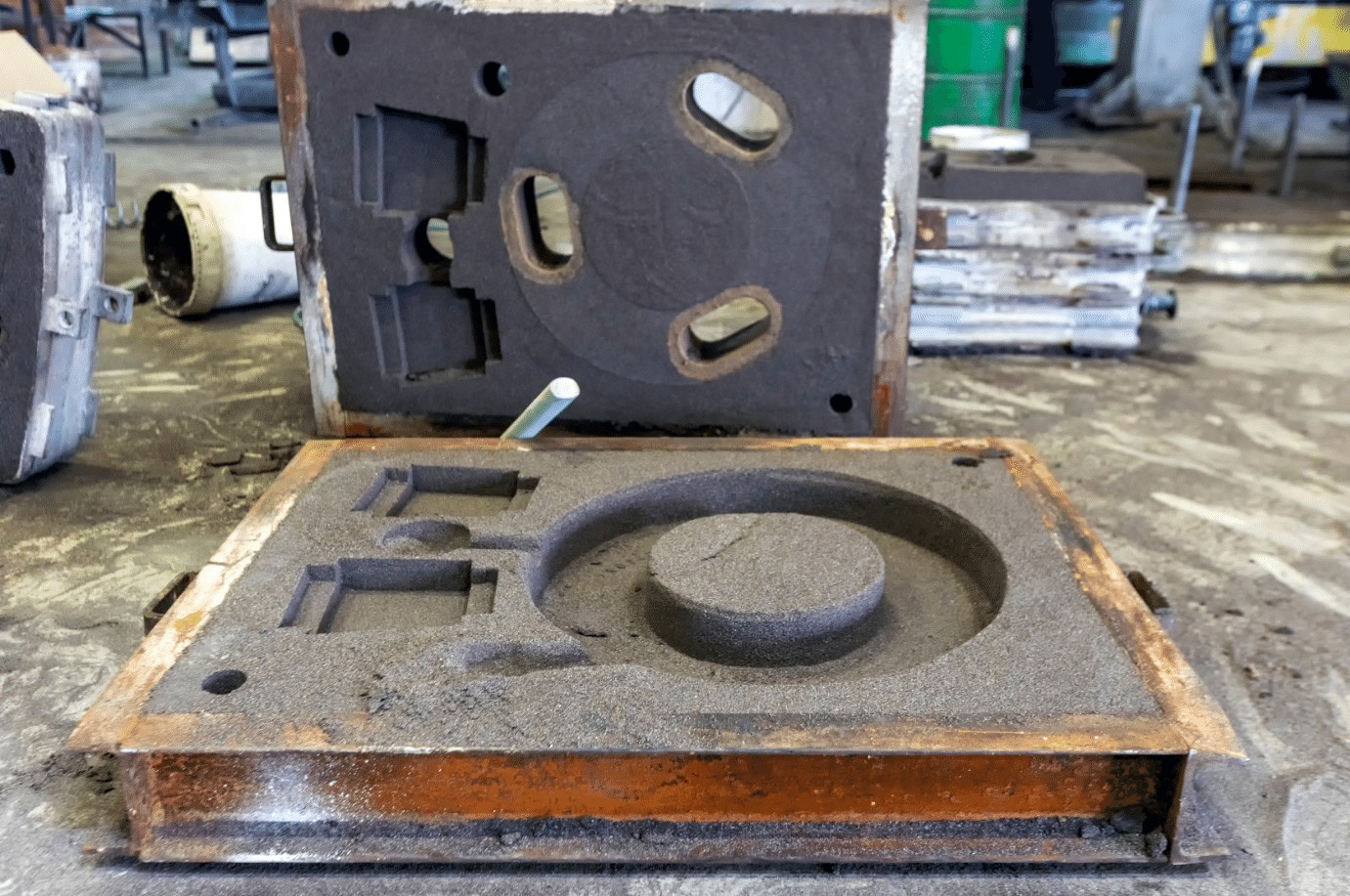Casting components and parts offers you an efficient way to manufacture complex geometries for high and low production runs. While there are a variety of casting methods available, your component’s functionality and design’s intricacies play a pivotal role in determining which metal casting method is best for your needs. 2 commonly used casting methods are die casting and sand casting.
Production run size, alloy choice, budget, and casting complexity (wall dimensions and tolerances) are some factors to consider when choosing between die casting and sand casting.
Die Casting
As a reusable non-expendable casting option, die casting can produce high-volume components with consistent dimensional stability. Die casting provides quick cycle times, with the entire process lasting from mere seconds to around a minute. Die casting is ideal for components like medical equipment and applications that require precision and accuracy.
Advantages of Die Casting
Benefits of die casting include:
- Uniform design
- Cost-effective for high-production runs
- Minimal machining after casting
- Adherence to tight tolerances
Disadvantages of Die Casting
Factors to consider for die casting include:
- High tooling costs
- Not well-suited for structural components and parts
Sand Casting
As an expendable casting method, sand casting is a popular casting method due to its economical tooling costs and overall cost-efficiency. The sand casting process differs from die casting where sand casting requires downtime between each casting whereas die casting shots can be reused without downtime. Sand casting also does not require high pressure like die casting.
Advantages of Sand Casting
Some benefits of sand casting include the following:
- Capability of casting non-ferrous (iron, stainless steel, steel) and ferrous (aluminum, zinc, magnesium) metals
- Can cast large parts and components
- Cost-efficient for low volume production runs/low tooling cost
Disadvantages of Sand Casting
Some factors for consideration for sand casting include:
- Rough surface finishes
- Lacks the same accuracy and tight tolerances when compared to other casting methods
Differences between Die Casting and Sand Casting
While both die casting and sand casting are used for a variety of components for a wide range of industries, the differentiation between the 2 casting methods is largely reflective of the mold types used. Die casting uses metal molds while sand casting uses sand molds.
- Sand casting is better suited for large components with a lack of precise accuracy is acceptable
- Die casting is preferrable for high production runs or components that require dimensional accuracy
Casting Sourcing that Works for You
Not sure which casting method is right for you? Call us at 408-205-1319 or contact us. We can work with you and find the right die casting or sand casting manufacturer for your component requirements.



